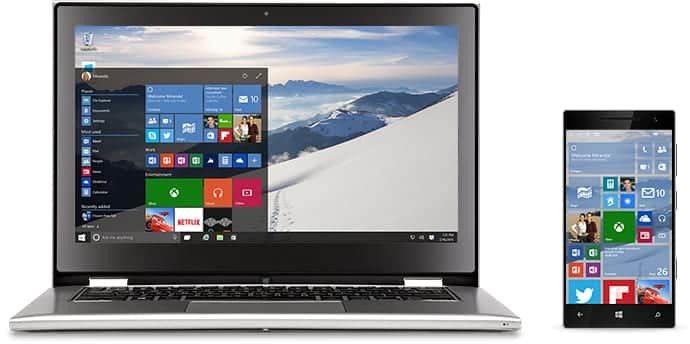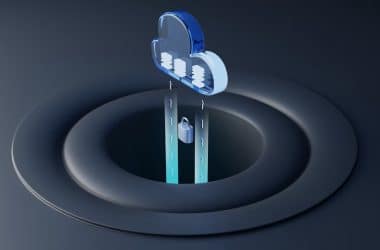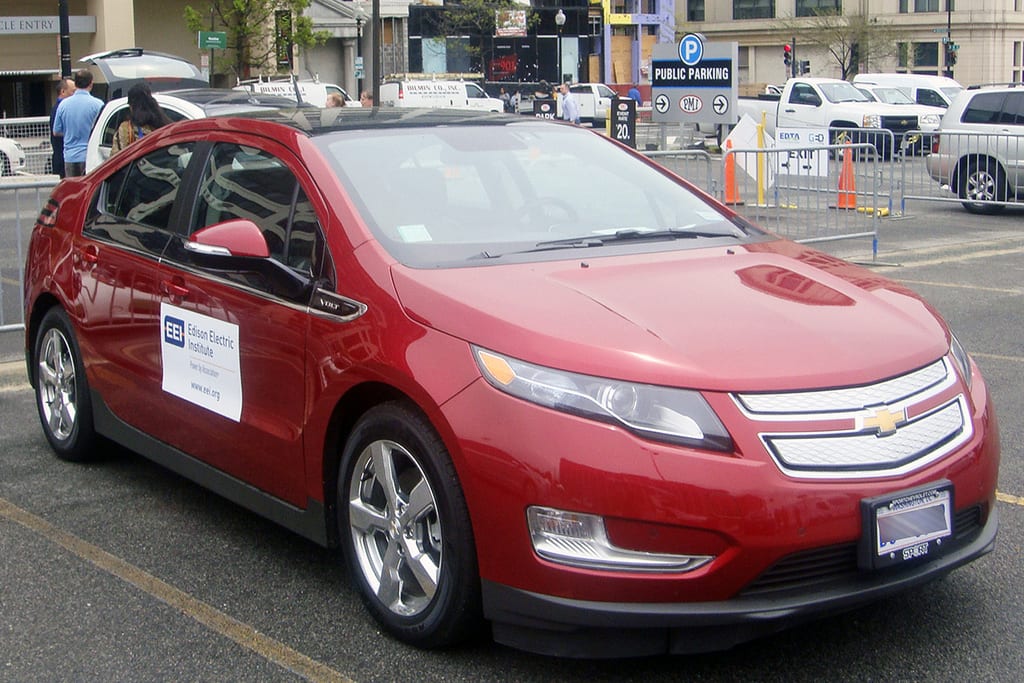Originally published on Cleantechnica by James Ayre.
The e-NV200 — essentially a compact commercial electric van inspired by the LEAF — was recently unveiled by Nissan. The electric van will be only the second battery-electric vehicle to feature into Nissan’s global line-up — the first being, of course, the highly successful LEAF.
The general idea behind the vehicle was to combine all the best qualities of the LEAF with the cargo capacity of the NV200, creating an effective electric transportation solution for delivery services/small businesses (or for people who have too many kids).
If you’re already familiar with the gas-powered NV200, then you may have some idea in your mind already, but the e-NV200 is actually quite a different vehicle. It has been the subject of a full engineering development program, as if it were being designed from the ground up.
At the time of release in June, there will be two versions available — the Combi (a van), and the more luxurious Evalia, a five-seater. Nissan hasn’t revealed the pricing information for either versions yet.
Green Car Congress provides further information:
The battery can be recharged overnight using a domestic 16-amp single-phase 3.3 kW supply which reduces to four hours if a 6.6 kW/32-amp supply is used. A dedicated CHAdeMO DC 50 kW quick charger can recharge the battery from 0-80 percent in 30 minutes or less if the battery is already partially charged.
The instant torque delivery typical of an electric vehicle means the battery-powered version accelerates faster than its conventional cousin: its 0-100 km/h time is quicker than the 1.5 dCi-powered NV200, with final figures to be confirmed later this year.
Another drivetrain change over LEAF determined by e-NV200’s likely usage pattern is a new braking system with a higher regenerative capacity. This takes advantage of the vehicle’s typical stop/start city driving modes, while Hill Start Assist is fitted as standard, holding the vehicle for two seconds after the footbrake is released to allow smooth starting.
Although mainly targeted at businesses, Nissan is also targeting e-NV200 to private users with large families. The e-NV200’s homologated NEDC range of 170 km (106 miles) is greater than the average 100-kilometer (62-mile) daily driving distance of more than half the fleets which utilize this class of van; the payload and cargo area is the same as NV200’s.
As far as cargo volume goes, the e-NV200 is directly comparable to the NV200 — both have a cargo volume of 4.2 m3, enough space to carry two standard-size Euro pallets.
Speaking about the new model, Jean-Pierre Diernaz, the Director of Electric Vehicles for Nissan Europe, stated: “The proven and highly effective electric powertrain driving e-NV200 is ideally suited to the typical stop/start daily routine of a working vehicle. With no exhaust or noise pollution, e-NV200 is environmentally and people friendly, while the lack of fatigue-inducing noise and vibration from the drivetrain coupled with the single-speed transmission will provide genuine benefits to every hard-working delivery or taxi driver. Fleet operators, meanwhile, will love the low running costs.”
Real-world testing was performed in both the European and Japanese markets — with a number of pre-production models entering service for companies such as FedEx, Coca-Cola, DHL, IKEA, British Gas, and the Japan Post Office. Feedback from the drivers and fleet managers that utilized the test vehicles was used for fine-tuning of the production model.







